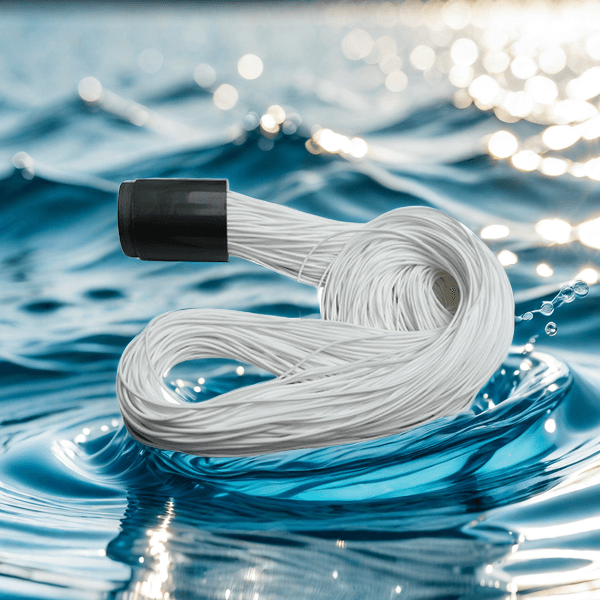How to manage the processing capacity of MBR membrane filtration facilities?
Managing the processing capacity of MBR (membrane bioreactor) membrane filtration facilities requires considering the following aspects:
Membrane flux control: Membrane flux refers to the amount of water passing through the membrane per unit area per unit time, and is an important parameter for evaluating the processing capacity of membrane filtration facilities. By controlling the membrane flux, the processing capacity can be effectively managed to avoid membrane blockage and flux reduction due to excessive flux.
Operation control of mixed liquor tank and aeration tank: Mixing and stirring in the mixed liquor tank are very important for the suspension and uniform distribution of biological sludge, and the operation control of the aeration tank will directly affect the microbial metabolic activity in the bioreactor and the treatment efficiency of wastewater. Reasonable control of the operation of the mixed liquor tank and aeration tank can ensure the normal operation of the bioreactor and increase the processing capacity.

SVI (sludge settling index) control: SVI is an indicator for evaluating the settling performance of sludge. By monitoring and adjusting the SVI value, the good settling property of the sludge can be maintained, and the membrane blockage caused by excessive sludge concentration can be avoided, thereby ensuring the stable processing capacity of the membrane filtration facility.
Backwash control: Backwashing operation is very important for membrane maintenance and cleaning, but excessive backwashing will increase the loss of treatment volume. Therefore, it is necessary to reasonably control the frequency and duration of backwashing to minimize the impact on the treatment volume.
Sludge concentration control: Controlling the sludge concentration in the MBR system can affect the sludge production and treatment efficiency of the system, thereby indirectly affecting the treatment volume.
Comprehensively considering the above factors, by real-time monitoring and reasonable adjustment of the operating parameters of the MBR membrane filtration facility, the treatment volume can be effectively managed to ensure the stable and efficient operation of the facility.
